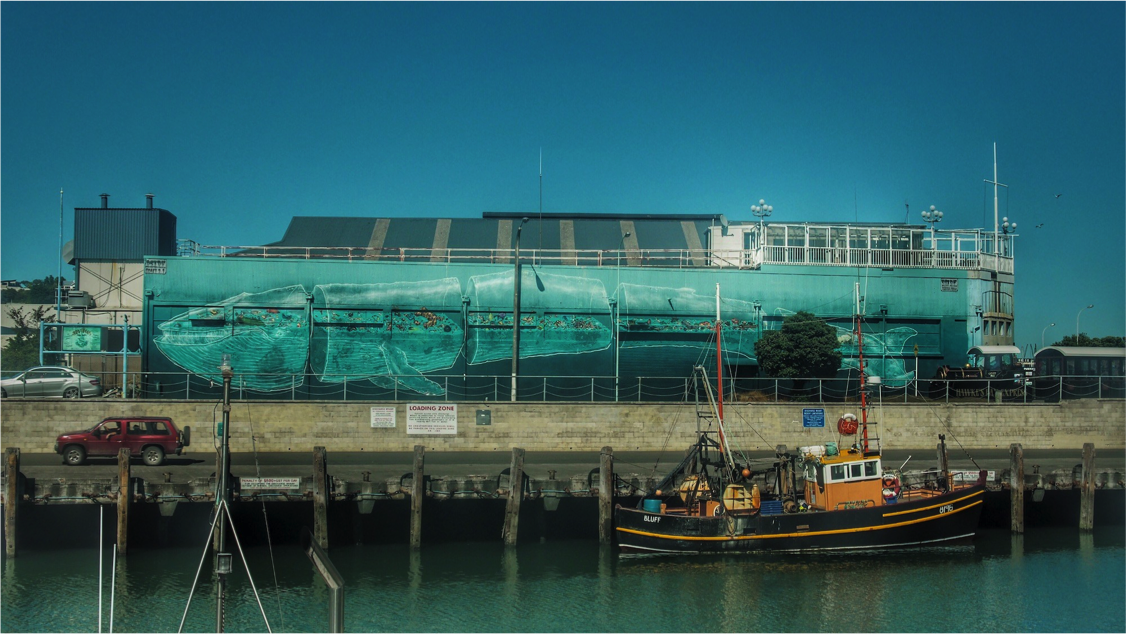
What is Plastic Pollution?
Plastic Pollution is the contamination of the environment by plastics. Plastics are synthetic organic materials produced by polymerisation. Worldwide plastic production has increased from 1.5 million tonnes a year in 1950 to 322 million tonnes a year in 2015. Due to rapid urbanisation and economic development in a market driven by consumerism and convenience, along with the relatively low price of plastic materials, there has been a rapid increase in the generation of waste plastics all over the world. This is a major environmental concern for three main reasons: dependence on fossil fuels, solid waste clogging up ecosystems and microplastics.
What are plastics?
One of the main characteristics of plastics is the fact that they come in many different shapes, colours, sizes and, most importantly, chemical compositions. This is a major problem when it comes to recycling, as the wrong type of plastic can contaminate recycling streams and not all types are recyclable.
Thanks to legislation, most plastics products are now labelled with symbols representing their chemical composition. This can help sort them in to different categories, applications and properties.

Why Plastics are a problem ?
At the moment, over 95% of plastics are produced from fossil fuels. Around 4 percent of oil consumed worldwide is used to make plastic, with another 4 percent being used in the manufacturing process. One of the leading contributors to climate change and habitat destruction around the world is the dependence on fossil fuels.
Plastics do not biodegrade: they do not decompose naturally in the environment. Plastic waste is either put in landfill where it can contaminate groundwater by leaching harmful chemicals, incinerated which releases toxic chemicals into the atmosphere (Dioxins, Furans, Mercury and Polychlorinated Biphenyls), or littered. Because of plastic’s lightweight and durable nature, it is very likely to be swept into waterways, making its way from cities to the sea. Plastics reduce the productivity of natural systems such as the ocean.
Some scary stats:
• The equivalent of one garbage truck of plastic waste is dumped into the ocean every minute
• If no action is taken, this is expected to increase to two per minute by 2030 and four per minute by 2050
• In a business-as-usual scenario, the ocean is expected to contain 1 tonne of plastic for every 3 tonnes of fish by 2025, and by 2050, more plastics than fish (by weight)
• 100,000 marine mammals die each year from plastic pollution
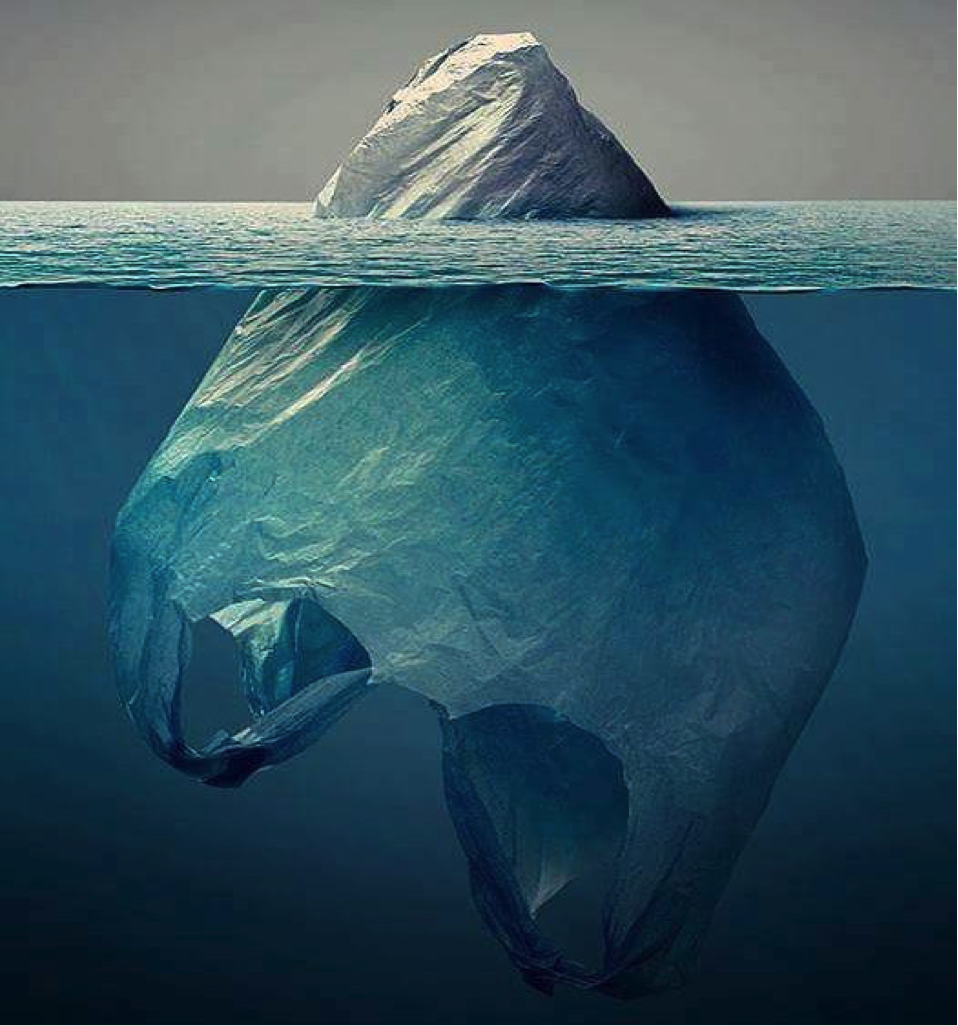
Microplastics
In marine environments, the combined effects of UV radiation, chemical degradation, wave mechanics and grazing by marine life weakens plastics, causing them to fragment into increasingly smaller pieces known as microplastics. Microplastics can be found everywhere: from sea surface to the sea-floor, in deep-sea sediments and even in Arctic sea ice. They create a smog of debris in seawater and are mistaken for food by plankton, birds, fish and other marine animals. They have even been found in table salt, and the average shellfish consumer ingests 11,0000 microplastic particles a year. Microplastics soak up chemical additives and endocrine disruptors, and act as vectors for pathogenic bacteria. The complexity of estimating toxicity means potential risks to human health not yet known. Given the presence of heavy metals and other concerning chemicals, it is however wise to limit the entry of plastic into the food chain.
The fact that microplastics absorb endorcine disruptors means that when ingested, they can affect correct hormone function. Hormones in the human body regulate digestion, metabolism, respiration, tissue function, sensory perception, sleep, excretion, lactation, stress, growth and development, movement, reproduction, and mood.
Microfibres
Microfibre pollution is an example of how little we know about the extent of the plastic problem. Microfibres are microscopic fibres released into waste water systems by washing machines when we wash our clothes. They originate from a wide variety of synthetic textiles (such as nylon, polyester, rayon, acrylic or spandex)—everything from running shorts to yoga pants to fleece jackets and more—which shows the need for engagement on this issue by the entire apparel industry and through all steps in the product life cycle.
Garments of a higher quality shed less in the wash than low-quality synthetic products, illustrating the importance for manufacturers and consumers alike to invest in gear built to last.
Where do plastics come from?
Plastics have many necessary and positive applications, such as food preservation, medical uses, and infrastructure. Most plastic waste does however not fall into this category. Almost 50% of all plastic waste is made up of ‘disposable’ single use-packaging. This is completely unnecessary: how can you call it disposable if it never goes away?
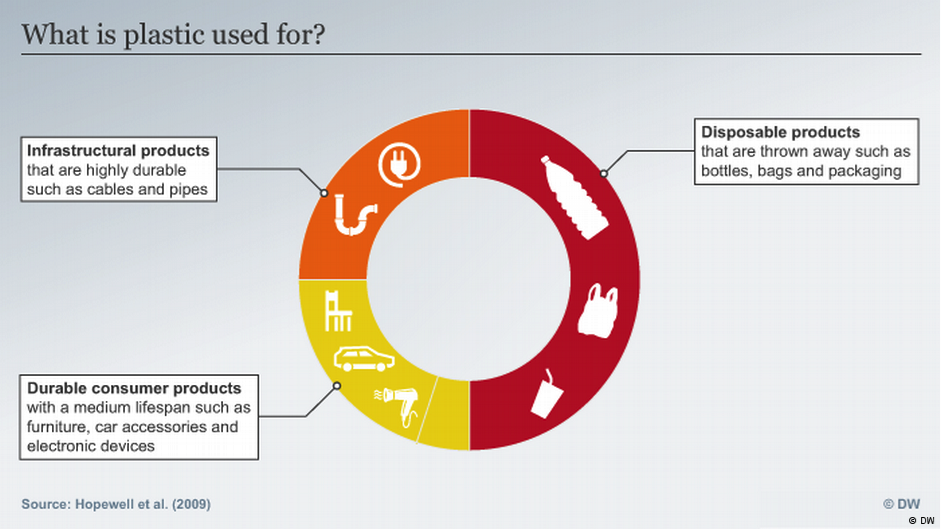
Some of the usual suspects include: cosmetics bottles and microbeads in exfoliant soap, bags, straws, bottles, cutlery, cups, wrappers, and take-away containers.
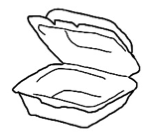
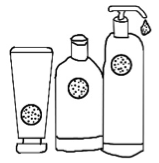


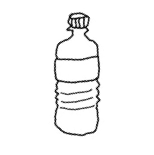
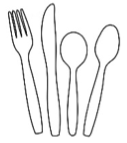

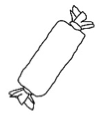
Although all this plastic is not designed or produced in Asia, 82% of leakage into the ocean occurs in Asia. This could be because of lack of infrastructure, waste management and recycling plants. Another reason for this is the extensive coastlines in this part of the world. Let’s not forget either that 87% of Europe’s ‘recycling’ gets sent to China. This increases the risk of spillage during transportation, and there is insufficient understanding of what happens to the waste plastics once they arrive in China, which raises concerns about the implications on local and global health and environment.
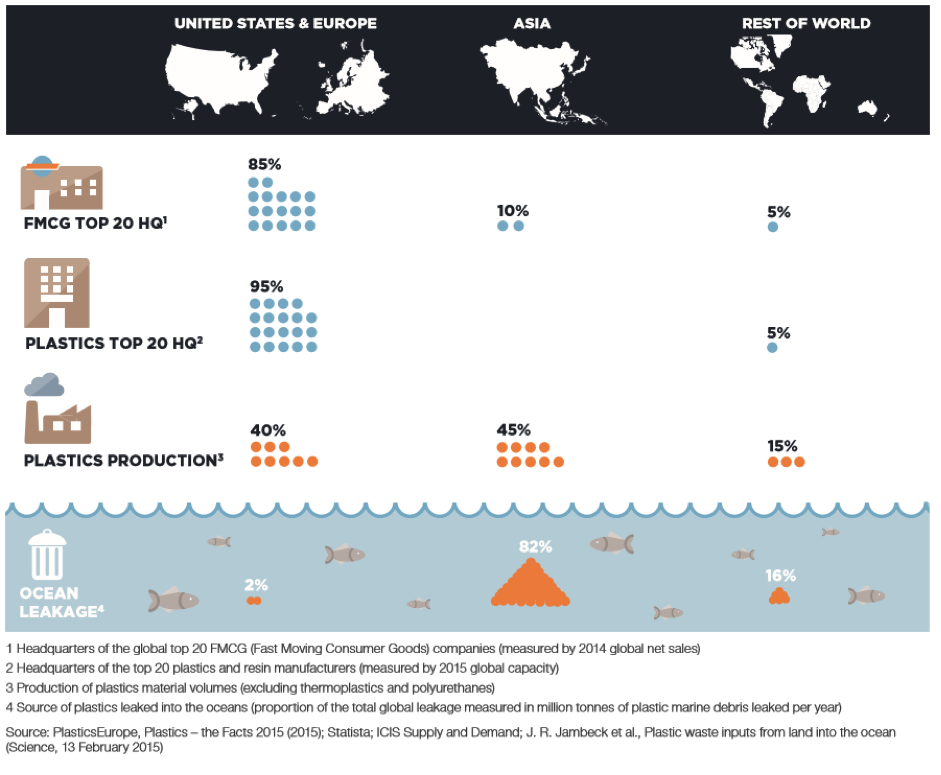
The Mekong river has been identified as one of the main rivers worldwide contributing to ocean plastics. This highlights the importance of implementing change in this part of the world. Changing behaviours through education, improving waste collection infrasctructures and introducing new legislation in Asia will prevent vast amounts of plastic waste from reaching the ocean.
What can we do?
• Demand stricter regulations
If enough of us make our governmental representatives realise how much we care about this issue, policy makers can influence producers and instigate widespread, far-reaching positive change. Signing petitions and staying informed is important.
• Spread awareness
Talking about the issue to friends and family, at work or at school, can help spread awareness.
• Change behaviours
It is important for every individual to adopt new habits such as always carrying a reusable bottle, bag, and straw.
• Avoid single-use plastics
We can all help by avoiding single-use plastic in our day to day life. At the supermarket, choose products not wrapped in plastic.
• Organise clean-ups
Leading by example and cleaning up your own local neighbourhood, beach or riverside can have a ripple effect on the community. By normalising the beahaviour of caring for the place we live in, others will start to do the same.
What’s stopping personal change?
Psychological barriers to sustainable consumption
• ‘Choices’ in consumption are in fact habitual behaviours
• Consequences of consumption choices hard to see
• Sustainable consumption may not seem personally relevant
• Behaviour strongly influenced by social groups
• Hard to follow through on sustainable choices
What is MCC doing?
MCC
Non-profit organisations and grassroots campaigns can engage communities and influence policy makers.
Mass communication should not be limited to major high technology and professionalism. An example of alternative mass communication is street art. Street art here incorporates murals, posters, graffiti, placards, banners and stickers employed by collectives as a communication device for persuading and informing. Human emotions and political views can be shaped and moved by street art, which has a long political social history.
Therefore, MCC is working on a mural project in Kep, which will be accompanied by the dissemination of informative posters and at events relevant to the sea.
On the island of Koh Seh, arts and crafts with plastic from beach cleans are a creative and functional alternative to the incineration of them. we run daily clean ups around our island and organise large joint clean ups on Kep Mainland beaches.
